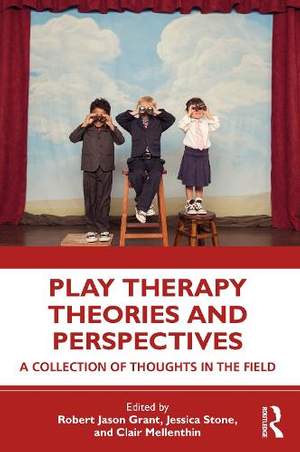This book explores the multitude of thoughts, theories, opinions, methods, and approaches to play therapy in order to highlight the unity and diversity of theory and perspective in the field.
Each chapter is a common question related to play therapy to which ten established and experienced play therapists share their thoughts, theoretical perspectives, and opinions. The key characteristics of a well-trained play therapist, the role of technology in play therapy, the importance of speaking the client's language, and many more frequently asked play therapy questions and topics are explored. The reader will learn about the umbrella of play therapy thought and practice and connect with perspectives that might align with their own theoretical preferences.
This book will be of interest to a wide range of mental health professionals working with children and adolescents. Those new to play therapy and those who are seasoned veterans will appreciate, value, and hopefully be challenged by the differing viewpoints surrounding many play therapy topics.




